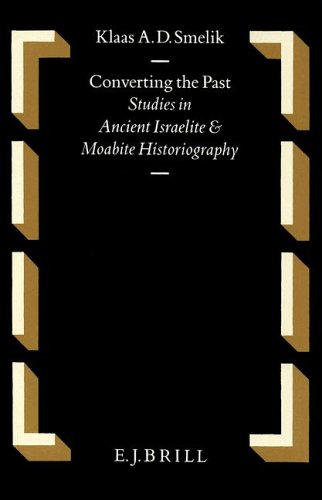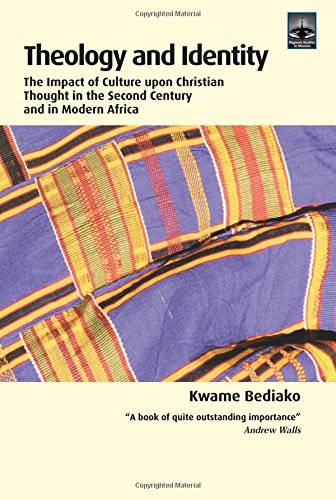Jeremiah Lamentations: The New American Commentary Vol. 16
Written by F.B. Huey Reviewed By Rebecca DoyleF.B. Huey, in giving us a commentary on Jeremiah and Lamentations, has undertaken to outline each of these books chapter by chapter, section by section, and given us exegetical commentary verse by verse. Both include explanations of dates, authorship, structure and theology of the books. Jeremiah is not an easy book to work with. The chronology and structure are somewhat convoluted. It does not flow easily from front to back. The author has taken pains in the introduction and throughout the entire commentary to unravel some of the confusion. The whole of the book of Jeremiah is held as the context for each section through the introduction to each section of the outline. Huey makes a constant attempt to keep the sections (as confusing as they are chronologically) tied to the events of history that set them in a context. Lamentations is treated in the same way.
The author takes every opportunity to make links with history and biblical references using past and current scholarship (often in footnotes) to draw all angles to light. Appeal is made to history, Ancient Near Eastern studies and anthropology for evidence to put the pieces together. The author includes possible explanations of fauna and flora, geography and customs related to each passage. Also a history of how texts were/are translated helps to keep the reader appraised of the various ways of treating passages that may be difficult. Frequent cross references to similar passages, including reflections of NT connections, are included both in the major body of the commentary and in the footnotes. Careful explanation is made of idioms (and puns) in the original language that lose their flavour in translation to the English. Explanations of the Hebrew, its forms and definitions make it a very useful tool, even for novice Hebraists. There are occasions where Huey has interpreted the passage in light of events that occur after the text is to be written. He is, however, not shy at these points to engage discussion with scholarship that does not hold to the inerrancy of Scripture as the basis and guiding principle of exegesis.
The format of the book is aided by a nice breakdown between the commentary and the footnotes. The footnotes are comprehensive at each point without assuming previous information. They include notes on articles written on key themes raised in Jeremiah; differing views of scholars; different translations of words from the original Hebrew; differences between the Septuagint, Syriac, and Masoretic texts; full bibliographic references to articles or books that are cited, so that further study can be done; and other issues of controversy or interest. The author has no fear of repeating information for the sake of the integrity of the commentary within each section. This is a commentary that is written in a style that can be read from cover to cover, or it can be read for just the bits that are needing research.
The stated purpose of the book, and The New American Commentary as a series, is a focus ‘on the intrinsic theological and exegetical concerns of each biblical book’, while engaging ‘the range of issues raised in contemporary biblical scholarship’, as well as assuming ‘the inerrancy of the Scripture’. The Preface states, ‘The perspective of the NAC is unapologetically confessional and rooted in the evangelical tradition’. This is a commentary that ‘concentrates on theological exegesis, while providing practical, applicable exposition’. We can thank The New American Commentary and Dr Huey for a job well done.
Rebecca Doyle
University of Sheffield







